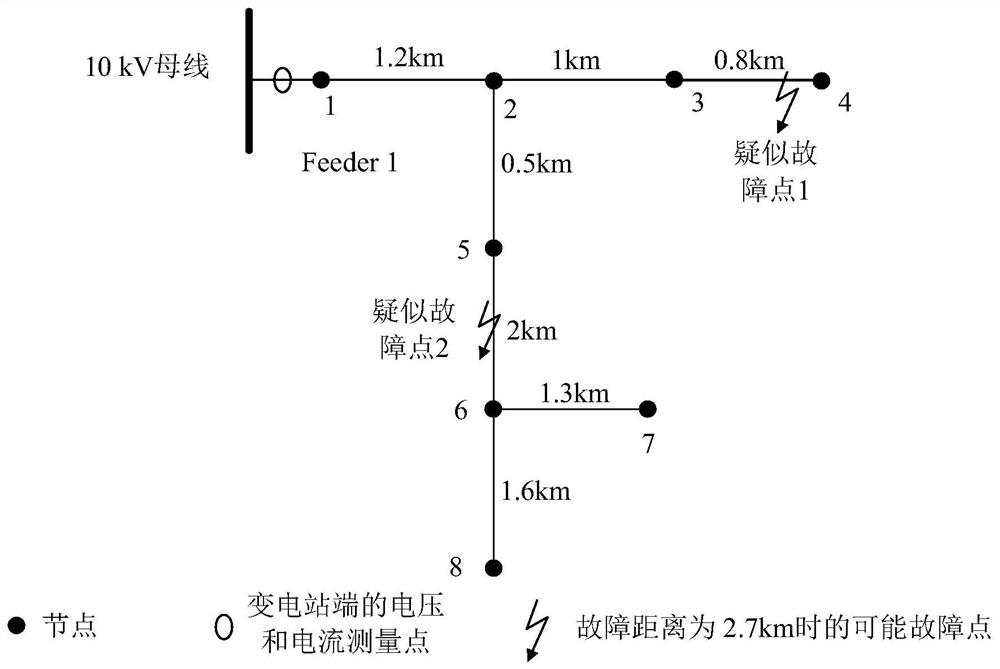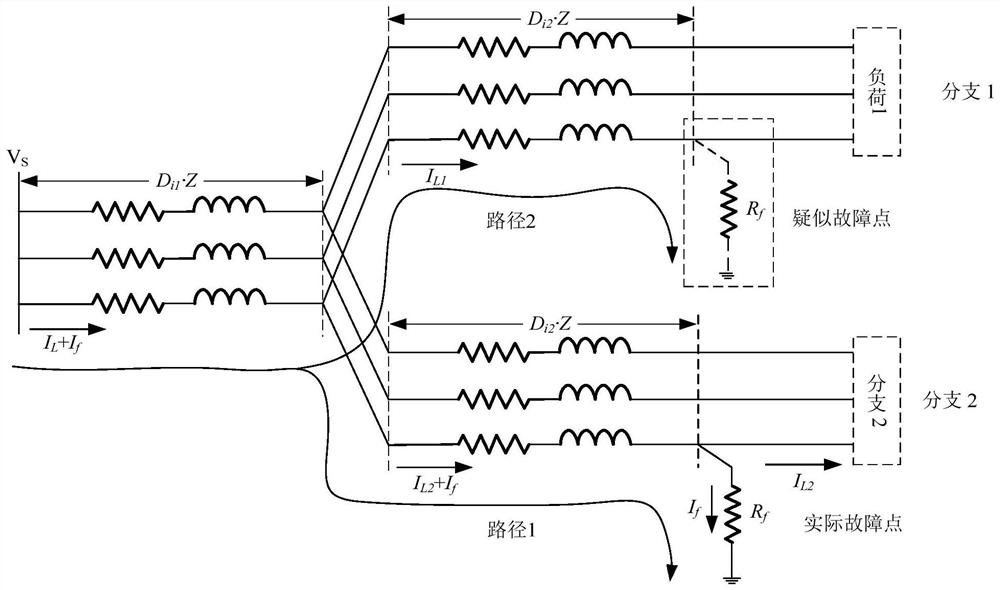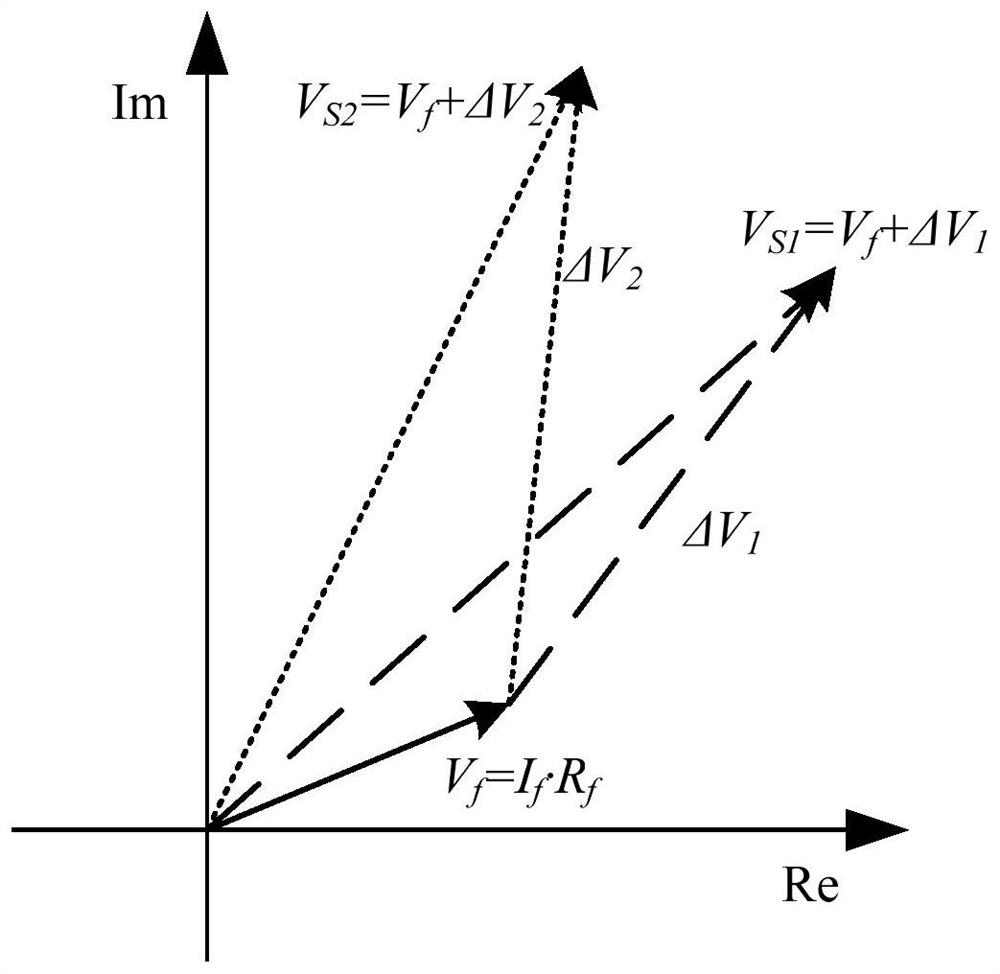Identification method of single-phase ground fault point in non-effectively grounded distribution network
A single-phase grounding fault, non-effective grounding technology, applied in the electrical field, can solve the problems of inability to determine the exact location of the fault, many fault branches, and high signal sampling frequency
- Summary
- Abstract
- Description
- Claims
- Application Information
AI Technical Summary
Problems solved by technology
Method used
Image
Examples
Embodiment Construction
[0027] The specific embodiments of the present invention will be described in detail below in conjunction with the accompanying drawings, so that those skilled in the art can understand the present invention. However, it should be clear that the embodiments described below are only some, not all, embodiments of the present invention. Without departing from the spirit and scope of the present invention defined and determined by the appended claims, all other embodiments obtained by persons of ordinary skill in the art without any creative work belong to the protection scope of the present invention.
[0028] This scheme provides a method for identifying single-phase ground fault points in non-effectively grounded distribution networks, which includes:
[0029] S1. Determine all suspected fault points of the single-phase ground fault according to the topological structure of the non-effectively grounded distribution network;
[0030] S2. Calculate the fault phase voltage V of t...
PUM
 Login to View More
Login to View More Abstract
Description
Claims
Application Information
 Login to View More
Login to View More - R&D
- Intellectual Property
- Life Sciences
- Materials
- Tech Scout
- Unparalleled Data Quality
- Higher Quality Content
- 60% Fewer Hallucinations
Browse by: Latest US Patents, China's latest patents, Technical Efficacy Thesaurus, Application Domain, Technology Topic, Popular Technical Reports.
© 2025 PatSnap. All rights reserved.Legal|Privacy policy|Modern Slavery Act Transparency Statement|Sitemap|About US| Contact US: help@patsnap.com



